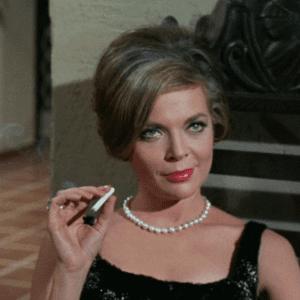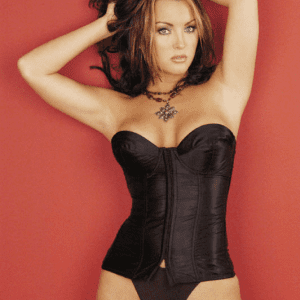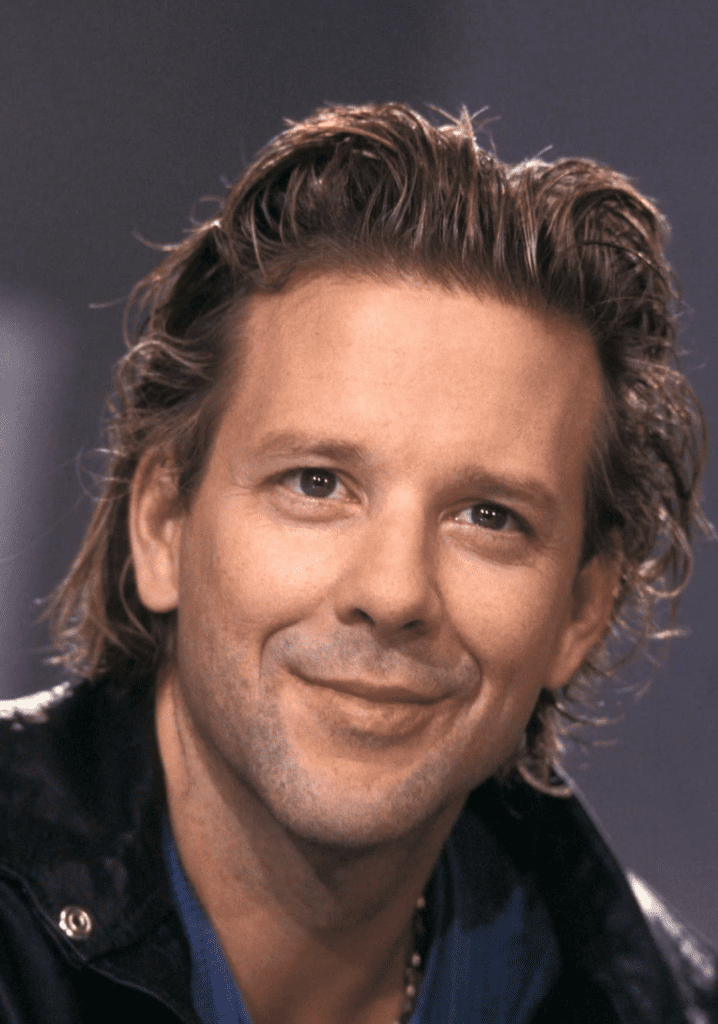
Let’s rewind the clock to the 1980s. Mickey Rourke wasn’t just another actor—he was the guy. He had that magnetic presence, the kind of rough-around-the-edges charm that made him irresistible on screen. With standout performances in films like 9 1/2 Weeks, Barfly, and Diner, he wasn’t just making waves—he was a tsunami in the movie world. Audiences fell in love with his intense characters, while critics praised his raw emotional depth.
Video: Mickey Rourke and Kim Basinger. “Nine 1/2 Weeks” (1985). Bryan Ferry – Slave To Love.
Hollywood’s Pressure to Stay Young
But here’s the thing about fame: it comes with strings. As Rourke got older, so did the pressure to keep up with Hollywood’s unforgiving beauty standards. In a town obsessed with youth and image, aging naturally isn’t always part of the script. And for Mickey Rourke, the mirror started to reflect something he felt he needed to “fix.”
That’s when the surgeries began—what may have started as subtle tweaks eventually became major overhauls.
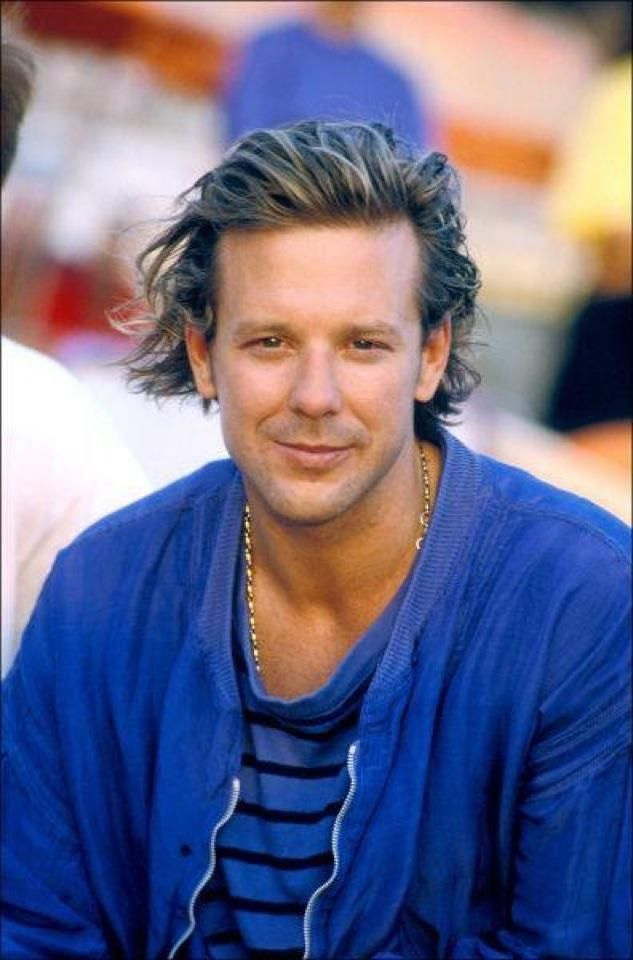
A Transformation That Shook His Fanbase
When Mickey stepped back into the public eye with his new look, fans were floored. The face they remembered—the strong jawline, the soulful eyes, the rugged features—was gone. In its place was a version of Rourke that felt unfamiliar. His signature scowl had turned into an unusual smile. His once-distinct features were now exaggerated, almost unrecognizable.
For many, it wasn’t just about appearance. It felt like they had lost the essence of a man who once wore his flaws like a badge of honor.
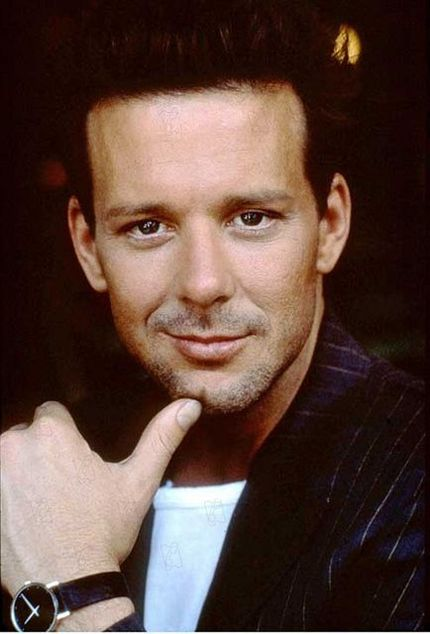
The Cost of Cosmetic Perfection
Let’s be real—aging is tough. Especially when the world is watching. And in Mickey Rourke’s case, that pressure seemed to push him toward decisions that left lasting effects. Although he’s reportedly had corrective procedures to walk back some of the more drastic changes, his new appearance continues to stir strong reactions.
He became a cautionary tale in the eyes of the public—a reminder of how chasing perfection can come at a high price.
Video:
Mickey Rourke From 18 to 66 Years Old
Authenticity in an Industry Obsessed with Appearances
Hollywood’s obsession with staying young is no secret. But Rourke’s story adds a deeply human layer to the conversation. It’s not just about plastic surgery—it’s about identity, self-worth, and the difficult journey of self-acceptance in a world that rarely allows it.
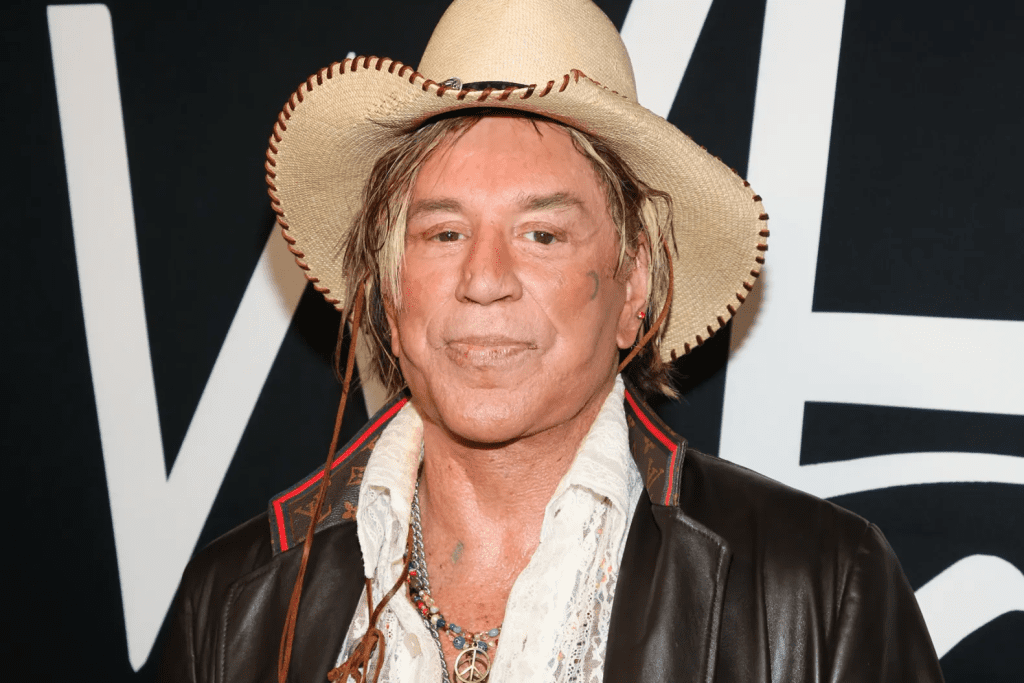
Think about it—how many of us feel pressure to “fix” something about ourselves, just to meet someone else’s expectations? Mickey Rourke’s story isn’t just about a celebrity transformation. It’s about the universal battle between authenticity and conformity.
Video: Joe Rogan on Mickey Rourke’s Transformation😱
A Legacy Rewritten—But Not Erased
Despite the public’s divided opinions, there’s one thing no surgery can erase: Mickey Rourke’s talent. His performance in The Wrestler in 2008 proved he still had it. That film didn’t just earn him an Oscar nomination—it reminded audiences of the actor beneath the surface. His comeback showed resilience, even if his face had changed.
His legacy? It’s not confined to how he looks. It’s in the unforgettable roles he gave us, the emotional vulnerability he brought to the screen, and the conversations he continues to spark about beauty, pressure, and self-image.
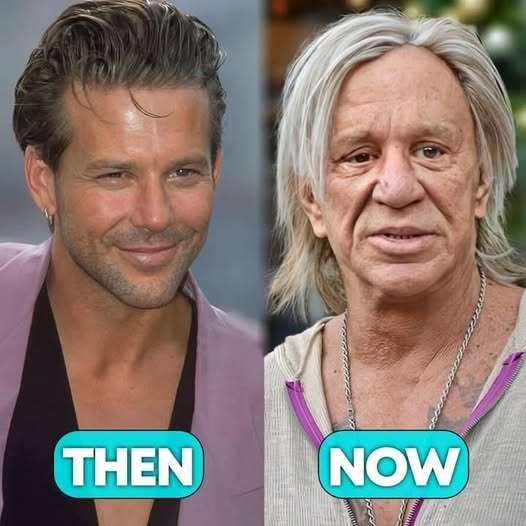
Mickey Rourke’s transformation left many stunned—but more importantly, it left us thinking. His story isn’t about blame or judgment. It’s about what happens when fame, insecurity, and impossible standards collide. While his new look may not reflect the man fans once knew, his journey still speaks volumes.
In a world that pushes us to be flawless, Mickey reminds us that it’s okay to be real—even if that means looking in the mirror and seeing someone different than before.
